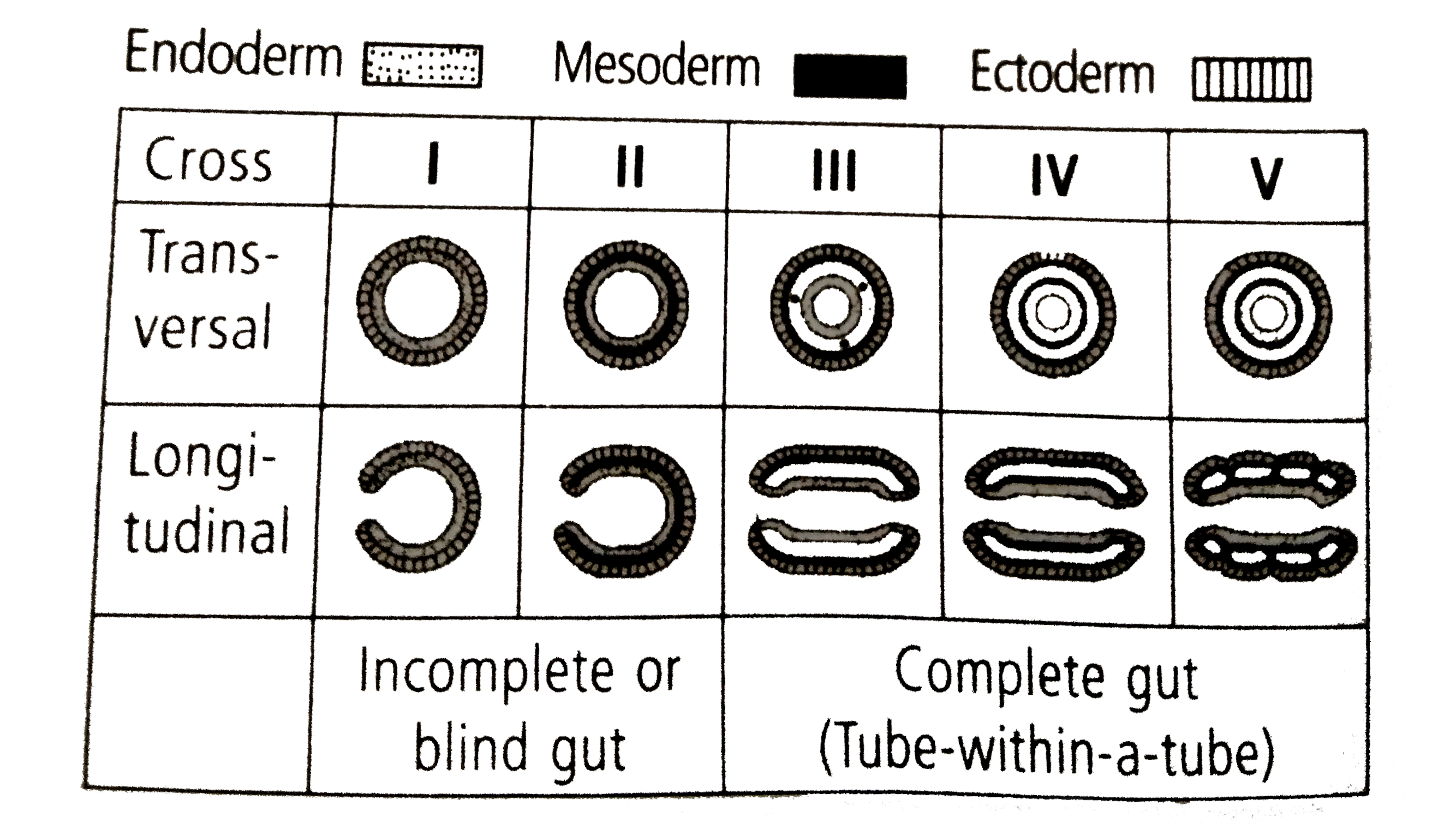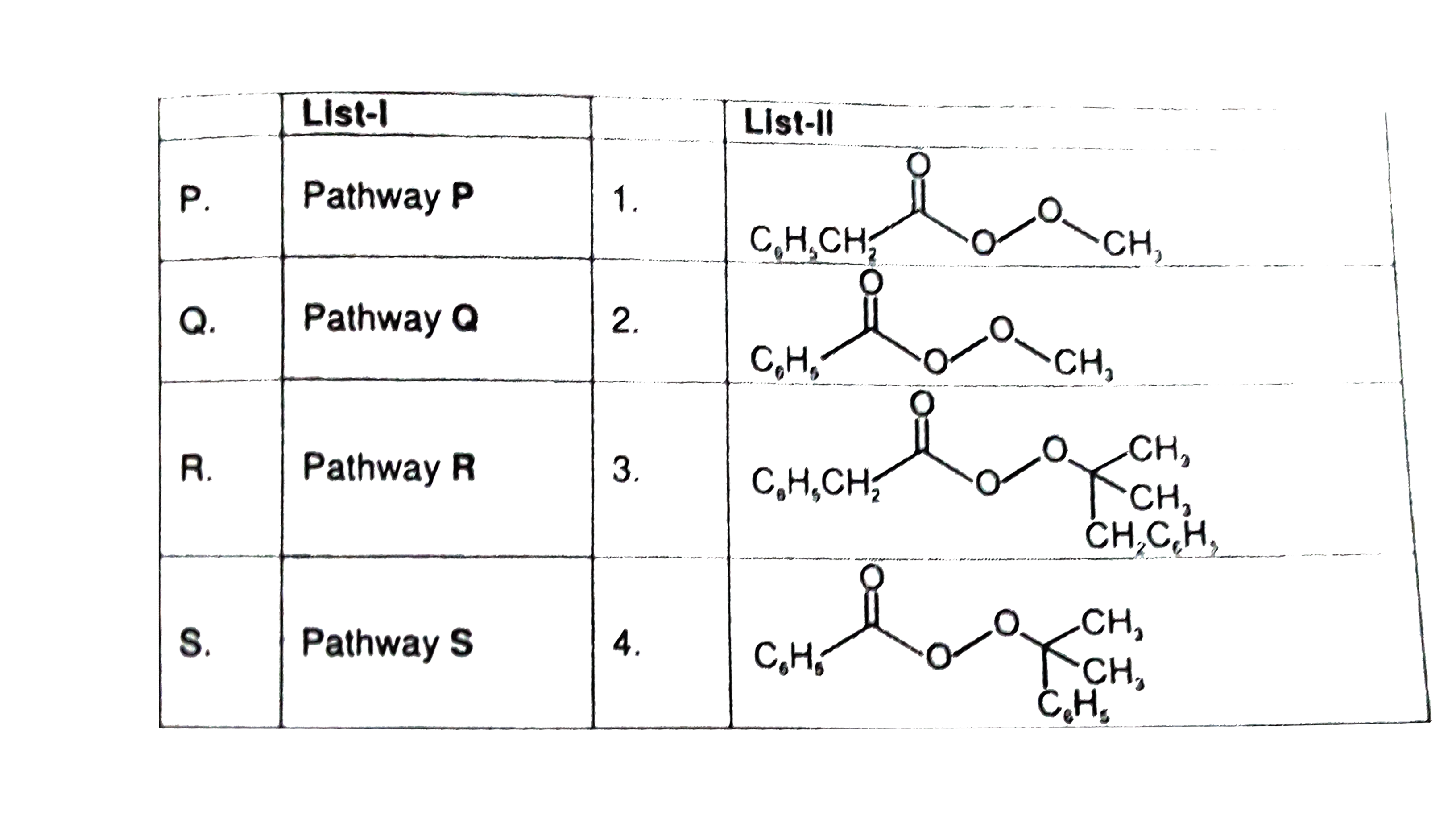The following compounds are intermediates in the pathway of photorespiration
I) Phosphoglycolate II) Serine
III) glyoxylate IV) glycine
The correct sequence of their appearance in the pathway is
I,II, III, IV
I,III, IV,II
II,I,III,IV
II,I,IV,III
The correct Answer is:B
To determine the correct sequence of the intermediates in the pathway of photorespiration, we need to analyze the order in which these compounds appear during the process. The intermediates provided are:
I) Phosphoglycolate
II) Serine
III) Glyoxylate
IV) Glycine
1. Phosphoglycolate Formation:
- Photorespiration begins when ribulose bisphosphate (RuBP) reacts with oxygen (O2) instead of carbon dioxide (CO2) due to the enzyme ribulose bisphosphate carboxylase/oxygenase (RuBisCO). This reaction produces phosphoglycolate as the first intermediate.
- Hint: Remember that phosphoglycolate is formed directly from RuBP in the presence of O2.
2. Conversion to Glycolate:
- Phosphoglycolate is then converted to glycolate, although glycolate is not listed in the options. This step is crucial as it leads to the next intermediate.
- Hint: Glycolate is a transient intermediate that is not part of the final answer.
3. Formation of Glyoxylate:
- Glycolate is subsequently converted into glyoxylate. This is the second compound in the sequence.
- Hint: Glyoxylate is formed from glycolate in the peroxisomes.
4. Conversion to Glycine:
- Glyoxylate is then converted into glycine. This step occurs in the mitochondria.
- Hint: Glycine is a key amino acid formed from glyoxylate.
5. Formation of Serine:
- Finally, glycine is converted into serine. This is the last step in this sequence of intermediates.
- Hint: Serine is formed from glycine through a simple transamination reaction.
Correct Sequence:
Based on the above steps, the correct sequence of the intermediates in the pathway of photorespiration is:
1) Phosphoglycolate (I)
2) Glyoxylate (III)
3) Glycine (IV)
4) Serine (II)
Thus, the correct order is: I → III → IV → II.
Final Answer:
The correct sequence of their appearance in the pathway is: I, III, IV, II.
II) Serine
III) Glyoxylate
IV) Glycine
- Photorespiration begins when ribulose bisphosphate (RuBP) reacts with oxygen (O2) instead of carbon dioxide (CO2) due to the enzyme ribulose bisphosphate carboxylase/oxygenase (RuBisCO). This reaction produces phosphoglycolate as the first intermediate.
- Hint: Remember that phosphoglycolate is formed directly from RuBP in the presence of O2.
- Phosphoglycolate is then converted to glycolate, although glycolate is not listed in the options. This step is crucial as it leads to the next intermediate.
- Hint: Glycolate is a transient intermediate that is not part of the final answer.
- Glycolate is subsequently converted into glyoxylate. This is the second compound in the sequence.
- Hint: Glyoxylate is formed from glycolate in the peroxisomes.
- Glyoxylate is then converted into glycine. This step occurs in the mitochondria.
- Hint: Glycine is a key amino acid formed from glyoxylate.
- Finally, glycine is converted into serine. This is the last step in this sequence of intermediates.
- Hint: Serine is formed from glycine through a simple transamination reaction.
Based on the above steps, the correct sequence of the intermediates in the pathway of photorespiration is:
1) Phosphoglycolate (I)
2) Glyoxylate (III)
3) Glycine (IV)
4) Serine (II)
The correct sequence of their appearance in the pathway is: I, III, IV, II.
Topper's Solved these Questions
- BOOK - AAKASH SERIESCHAPTER - PHOTOSYNTHESIS IN HIGHER PLANTS EXERCISE - Exercise - II33videos
PHOTOSYNTHESIS IN HIGHER PLANTS
- BOOK - AAKASH SERIESCHAPTER - PHOTOSYNTHESIS IN HIGHER PLANTS EXERCISE - Exercise - III27videos
PHOTOSYNTHESIS IN HIGHER PLANTS
- BOOK - AAKASH SERIESCHAPTER - ORGANISMS AND POPULATIONSEXERCISE - EXERCISE-III (PREVIOUS AIPMT/NEET QUESTIONS)35videos
ORGANISMS AND POPULATIONS
- BOOK - AAKASH SERIESCHAPTER - PLANT GROWTH AND DEVELOPMENT EXERCISE - EXERCISE -III (PREVIOUS AIPMT/NEET QUESTIONS)27videos
PLANT GROWTH AND DEVELOPMENT
Similar Questions
Consider the following enzymes of glycolytic pathway
1. Glyceraldehyde-3 phosphate dehydrogenase
2. Enolase
3. Pyruvate kinase
4. Phosphoglycerate kinase
The correct order in which they appear in the pathway isView SolutionWhich of the following taxa shows zooidogamous oogamy
(I) Spirogyra (II) Funaria
(III) Pteris (IV) Cycas
The correct answer isView Solution
Knowledge Check
- Question 1 - Select One
Observe the following diagrams of invertebrates embryos illustrating the characteristics of the body plan.
Reference

Select the correct sequence which corresponds to the phyla represented with I, II, III, IV and V.A I II III IV VCnidariaPlatyhelminthesAnnelidaNematodaArthropodaB I II III IV VCnidariaPlatyhelminthesNematodaArthropodaAnnelidaC I II III IV VNematodaArthropodaPlatyhrlminthesCnidariaAnnelidaD I II III IV VAnnelidaCnidariaArthropodaPlatyhrlminthesNematoda - Question 2 - Select One
Repressible operon system is usually found in (i)____ pathways. The pathway's end product serves as a (ii) ______ to activate the repressor, turn off enzyme synthesis and prevent overproduction of the end product of the pathway. Genes for this operon are usually switched (iii)_____ and the repressor is synthesised in an (iv)_____ .
A(i)(ii)(iii)(iv)anaboliccorepressoroninactiveB(i)(ii)(iii)(iv)anabolicinduceroffactiveC(i)(ii)(iii)(iv)catabolicinduceroffactiveD(i)(ii)(iii)(iv)cataboliccorepressoroninactive
Arrange the following compounds in the decreasing order of acidic character.
I. Butane ,II. but−1−ene
III. But−1− yne IV. Butan −1−olView SolutionConsider the following compounds:-
1. Phosphoenol pyruvate-
2. Malic acid-
3. Pyruvic acid-
4. Oxaloacetic acid-
What is the correct sequence of these intermediate compounds as they form in C4 dicarboxylic acid pathway flowing the PEP-carboxylation reaction?View Solution(i) Thin thread like chromosomes with a beaded appearance
(ii) Appearance of recombination nodules
(iii) Formation of bivalents/tetrads
(iv) Terminalisation of chiasmata
(v) Appearance of chiasmata
Arrange the given statements in the correct sequence of their occurrence during prophase I.View SolutionFrom the following, Identify the statements that are correct regarding tRNA.
I. Hydrogen bonds between bases temporarily hold tRNA against mRNA.
II. The base sequences in the tRNA molecules are the same as the base sequences in the mRNA that is being translated.
III. The specificity of the tRNA moleucle for glycine and the specificity of the enzyme that loads glycine are both necessary for correct loading.View SolutionArrange the following compounds in order of increasing dipole moment .
Toluene (I) m-dichlorobenzene (II)
o-dichlorobenzene (III) . P-dichlorobenzene (IV) .View SolutionDifferent possible thermal decomposition pathways for peroxyesters are shown below. Match each pathway from List-I with an appropriate structure from List II and select the correct answer using the code given below the lists.
 View Solution
View Solution

